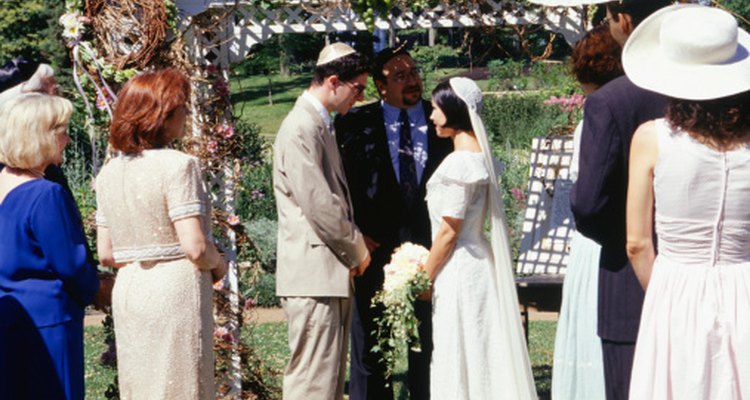
Many Jewish weddings make use of contemporary, chic color schemes, just as weddings of any other religious or nonreligious background might. Some colors do hold special long-standing significance, however, and many Jewish weddings that seek to maintain as many of the old traditions as possible likely include those colors in some manner.
White
In keeping with tradition, the bride and groom at a Jewish wedding should both wear white wedding clothes. White represents spiritual purity. A white bridal gown represents the purity of the bride's heart. As such, avoid gowns with bright or bold accents of color. Some Jewish brides of the Sephardic and Mizrahi traditions opt to wear festive, colorful headdresses and gowns to express their joy, but white still remains the most common, traditional choice.
Men also wear white according to Jewish tradition. This demonstrates the purity of the groom's heart as well as illustrating the couple's rebirth as newlyweds. Many orthodox Jewish grooms opt to wear a kittel, a type of white, pocket-less ceremonial robe worn during special occasions.
Blue
The color blue has a strong connection to Judaism, and as a result, many traditional Jewish weddings may incorporate hues of blue. As the royal color of King David, blue appears frequently on wedding invitations and copies of the ketubah, a type of traditional Jewish marriage contract. Blue also makes an appropriate choice for wedding decorations, especially in pale hues. Dark and bold shades of blues appear less frequently than soft shades in traditional weddings.
Gold
Gold also holds a place in the traditional Jewish wedding, but usually only as an accent color. Many wedding invitations gild the names of the bride and groom. For wedding decorations, gold edging or traces of gold can be mixed in with blue or white table linens. Essentially, gold sets a tone for the wedding. By including traces of gold in the documents or decorations, you add a regal feel appropriate for a traditional Jewish wedding.
Nature's Colors
The tradition of using a color scheme that appears in nature does not date back as far as the tradition of using blue, white and gold, but many traditional weddings still make use of such a scheme. Several variations exist on a natural color scheme. A garden theme, for instance, might make use of pastel greens, yellows or pinks, especially by including a variety of garden flowers. Alternatively, colors such as deep pomegranate red or rich grape violet also make appropriate choices, as these colors help emphasize the story of creation. Because a wedding is, in a traditional sense, the creation of a new life for the bride and groom, any color scheme that relates to the original creation works for a traditional wedding.
Related Articles

What Color Dress Does the Mother of the ...

Wedding Ideas for Church Pews

How to Clean Sterling & Turquoise ...

What Color Clothes Makes Brown Eyes ...
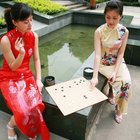
What Do Chinese Women Wear?

What Is the Significance of Lighting a ...
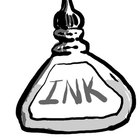
How to Make Silver Ink

Chinese Wedding Colors

How to Keep White Hair White

What Is an African Kufi Hat?

What Colors Are Appropriate for an ...

Flowers That Match Navy Blue Dresses

What Color Tux Goes With an Ivory Dress?

Clothes Colors to Wear on New Year's Eve

Traditional Gifts for a 40th Wedding ...
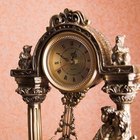
19th Wedding Anniversary Gift Ideas

What Represents a 40th Wedding ...
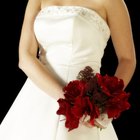
February Wedding Themes
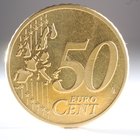
50th Wedding Anniversary Floral ...

Corsage Flowers & Meanings
References
Writer Bio
Caitlynn Lowe has been writing since 2006 and has been a contributing writer for Huntington University's "Mnemosyne" and "Huntingtonian." Her writing has also been in "Ictus" and "Struggle Creek: A Novel Story." Lowe earned her Bachelor of Arts degree in English from Huntington University.
Photo Credits
Buccina Studios/Photodisc/Getty Images